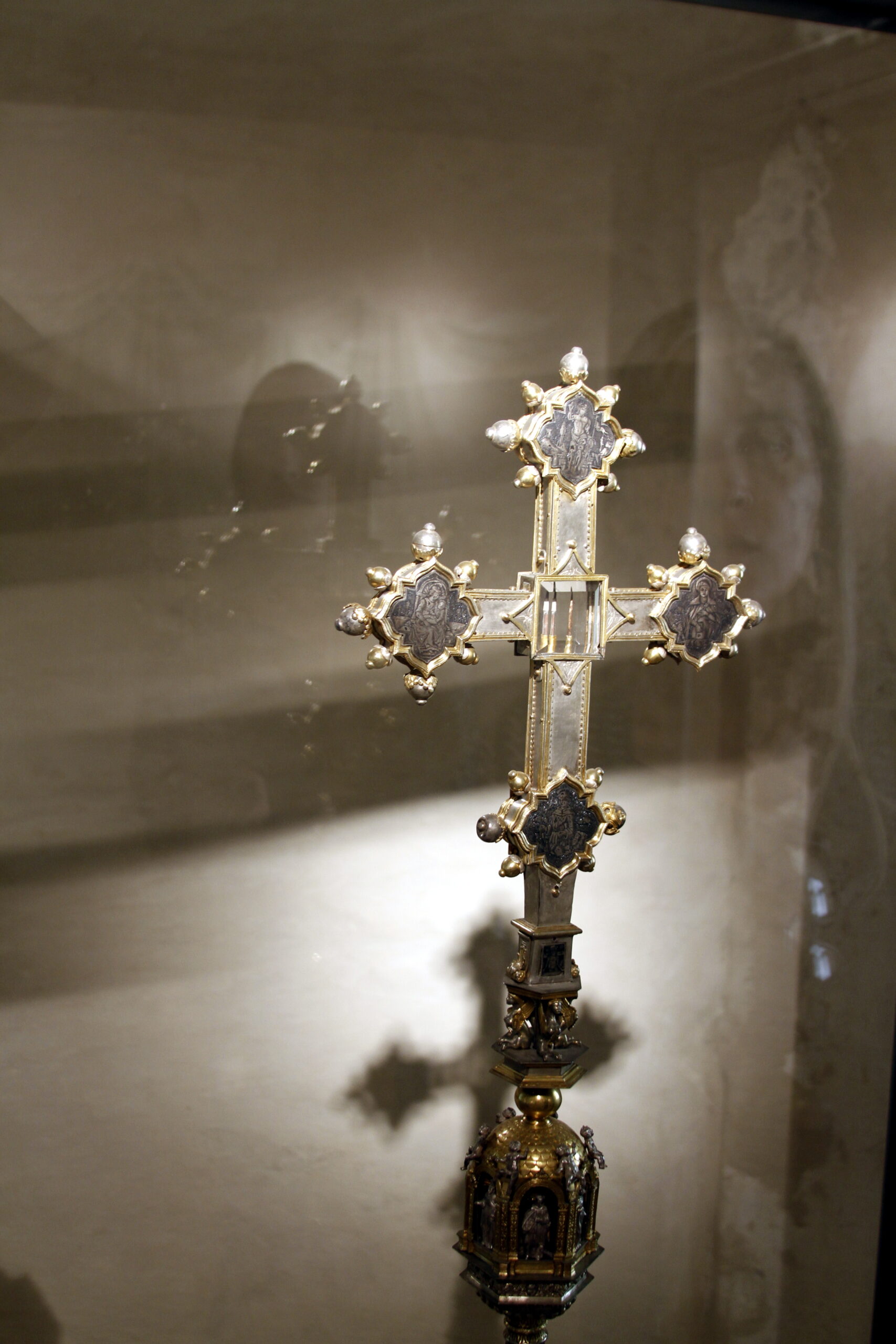Pollinators are vital to the health of ecosystems around the world, helping plants reproduce and ensuring the survival of countless species. From tiny insects to larger animals, these pollinators play an essential role in supporting biodiversity and food production. Without them, many plants would struggle to grow, affecting both wildlife and human agriculture. This list highlights some of the most extraordinary pollinators that keep our ecosystems thriving. Each one brings its unique contribution to maintaining the balance of nature.
Honey Bee (Apis mellifera)
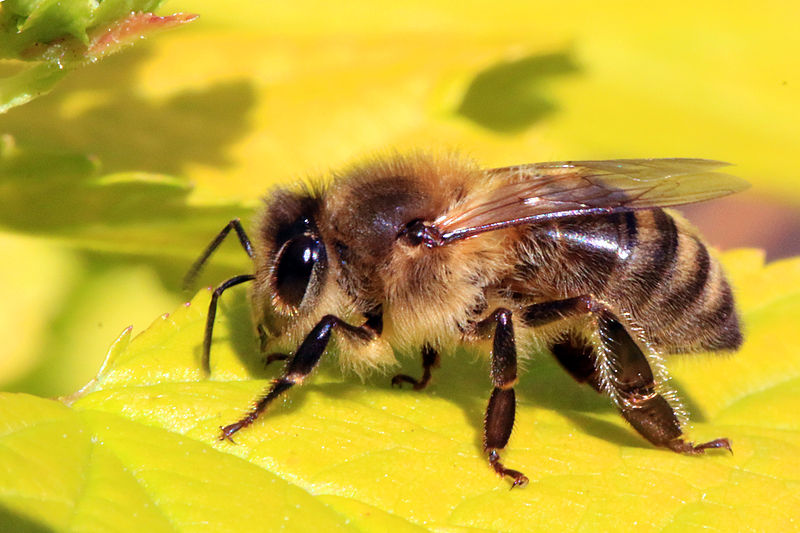
As one of the most well-known pollinators, honey bees play a vital role in pollinating a wide variety of crops and wild plants. Their efficient foraging behavior ensures they cover large areas, collecting pollen and nectar. Honey bees also live in complex social colonies, working together to sustain their hive. Their relationship with flowering plants supports global food production, making them indispensable to ecosystems. Despite their importance, they face threats from pesticide exposure and habitat loss.
Monarch Butterfly (Danaus plexippus)

The iconic monarch butterfly is not only known for its striking orange and black wings but also for its contribution to pollination. As they feed on nectar, monarchs transfer pollen between flowers, helping various plant species reproduce. They are especially important to wildflowers, aiding in the regeneration of these ecosystems. Monarchs undertake one of the longest migrations in the insect world, which also makes them crucial in spreading pollen over vast areas. Unfortunately, their populations are declining due to habitat destruction and climate change.
Bumblebee (Bombus spp.)
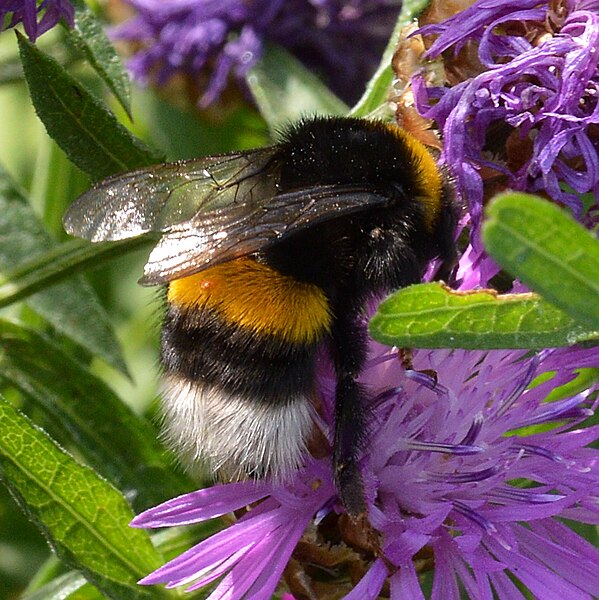
Bumblebees are larger and more robust than honey bees, allowing them to pollinate certain plants that require “buzz pollination,” such as tomatoes. Their strong vibrations help dislodge pollen that other pollinators might not be able to access. Bumblebees are particularly important in colder climates where other pollinators may not thrive. Additionally, they are critical for the pollination of both crops and wildflowers. However, habitat fragmentation and pesticide use threaten their survival.
Hummingbird (Trochilidae)

Hummingbirds, known for their rapid wingbeats and ability to hover, are key pollinators of many flowering plants, especially in the Americas. They have long beaks and specialized tongues that allow them to feed on nectar deep within flowers, often pollinating plants that other animals cannot reach. Their bright plumage and swift movements help attract attention, yet they are highly efficient in transferring pollen. Hummingbirds also help support the genetic diversity of plant populations by carrying pollen over long distances. They are vital to the health of both tropical and temperate ecosystems.
Hoverfly (Syrphidae)
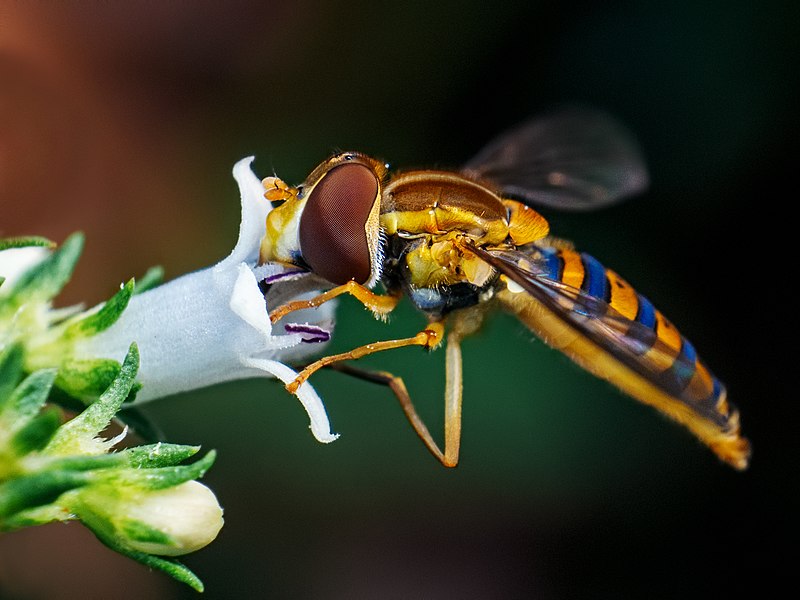
Often mistaken for bees due to their similar appearance, hoverflies are excellent pollinators for a wide range of plants. They are particularly drawn to flowers with easy access to nectar, such as daisies and sunflowers. Hoverflies are especially valuable because they are active in early spring, before many other pollinators emerge. Additionally, their larvae feed on aphids, providing natural pest control. They contribute significantly to both wild and agricultural ecosystems worldwide.
Moth (Lepidoptera)
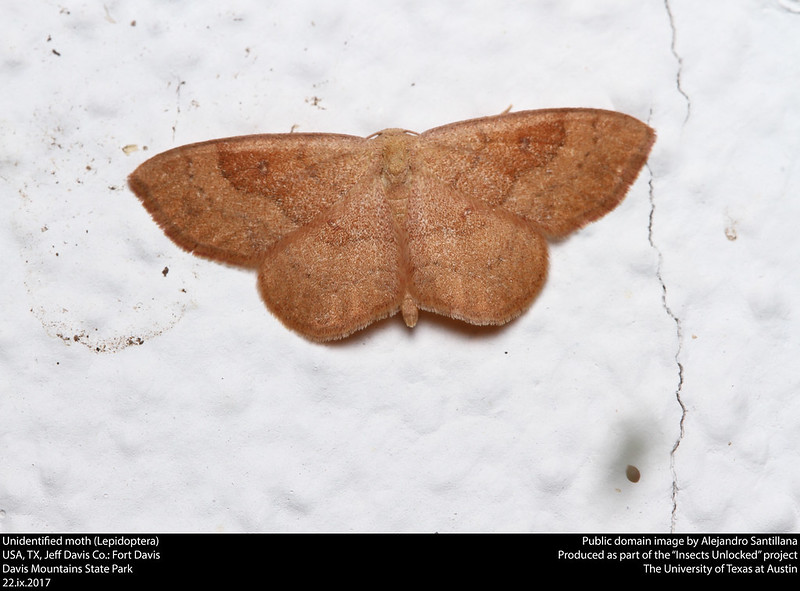
Moths, especially night-flying species, play a critical role in pollinating plants that bloom in the dark. With their nocturnal activity, they pollinate flowers that may be overlooked by daytime pollinators like bees. Moths are particularly important for species like jasmine and evening primrose, which depend on night pollination. Their ability to cover large distances during their flights helps spread pollen over wide areas. This often goes unnoticed, but they are a crucial link in many ecosystems.
Bat (Chiroptera)

Bats are often overlooked as pollinators, yet they are essential for the pollination of many tropical and desert plants, including agave and various fruit trees. As nocturnal animals, bats feed on nectar from night-blooming flowers, carrying pollen from one plant to another. Their long tongues and ability to hover make them efficient at accessing deep flowers. Bats also play a vital role in maintaining biodiversity by supporting plant species that other pollinators might not. Habitat destruction and climate change pose significant risks to their populations.
Mason Bee (Osmia spp.)
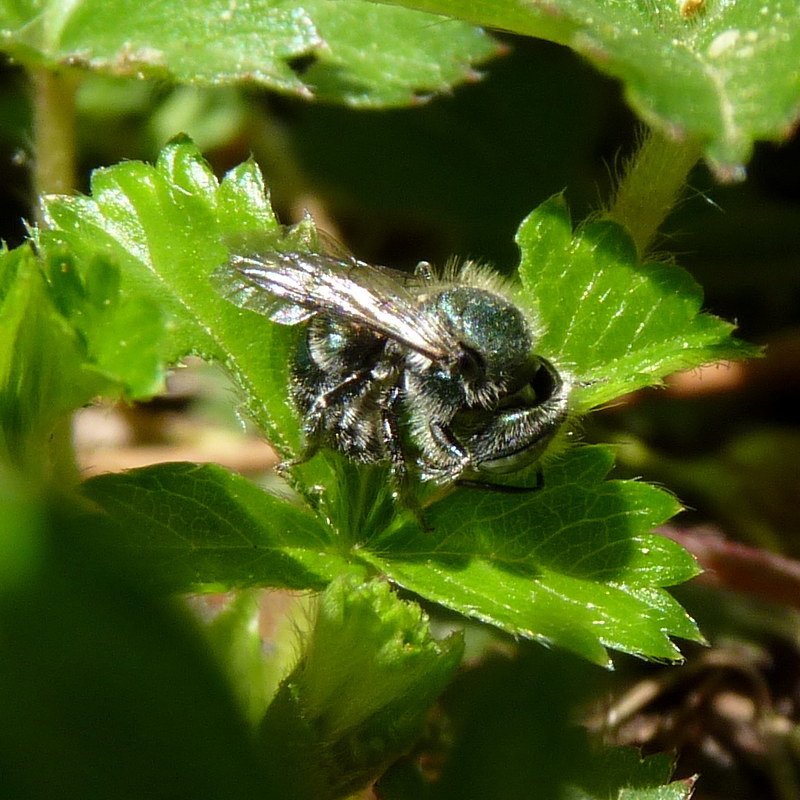
Mason bees are solitary pollinators that are highly efficient due to their quick and thorough foraging behavior. They are particularly important for pollinating fruit trees, such as apples and cherries. Unlike honey bees, mason bees do not live in colonies, but their impact on crop pollination is profound. Their hairy bodies allow them to collect and transfer large amounts of pollen, ensuring successful plant reproduction. These bees are often used in agricultural settings to improve pollination rates.
Blue Orchard Bee (Osmia lignaria)
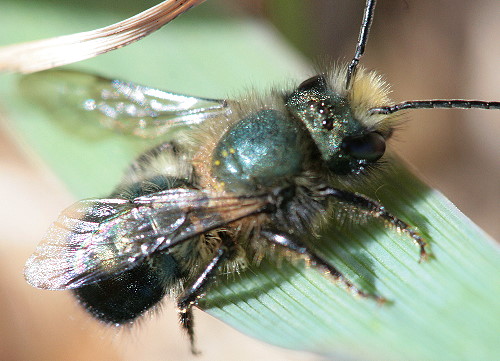
The blue orchard bee is a highly effective pollinator of fruit trees, particularly in temperate regions. Known for its metallic blue color, this solitary bee is incredibly efficient, pollinating many more flowers per visit than honey bees. They work tirelessly during early spring, coinciding with the flowering of many orchard crops like almonds and cherries. By transferring large amounts of pollen between flowers, they ensure higher fruit yields. This species is becoming increasingly popular among farmers as a supplemental pollinator.
Carrion Beetle (Silphidae)
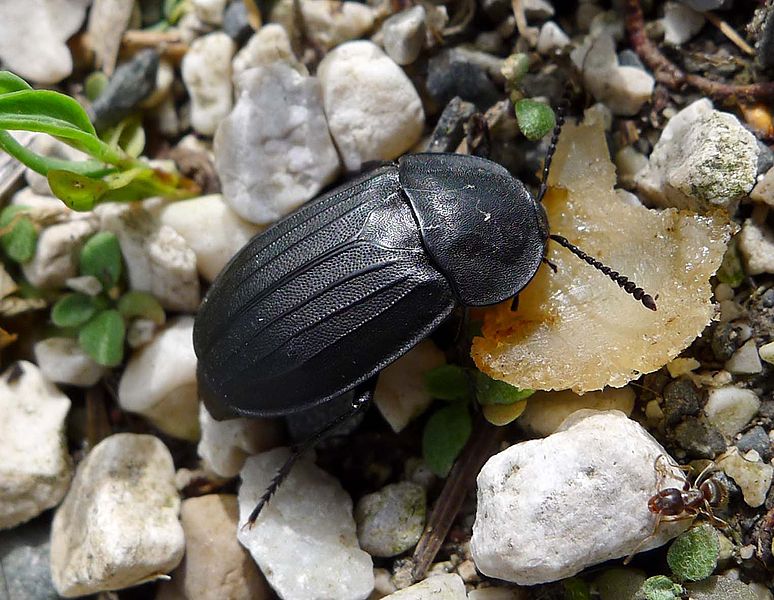
Though typically associated with decomposing matter, carrion beetles also play a role in pollinating certain plants. These beetles are attracted to flowers with strong odors, particularly those that mimic the scent of rotting flesh. As they visit these flowers in search of food, they inadvertently transfer pollen. This relationship is crucial for certain plant species, especially those that rely on specialized pollinators. Despite their grim reputation, carrion beetles help maintain biodiversity in specific ecosystems.
Leafcutter Bee (Megachile spp.)
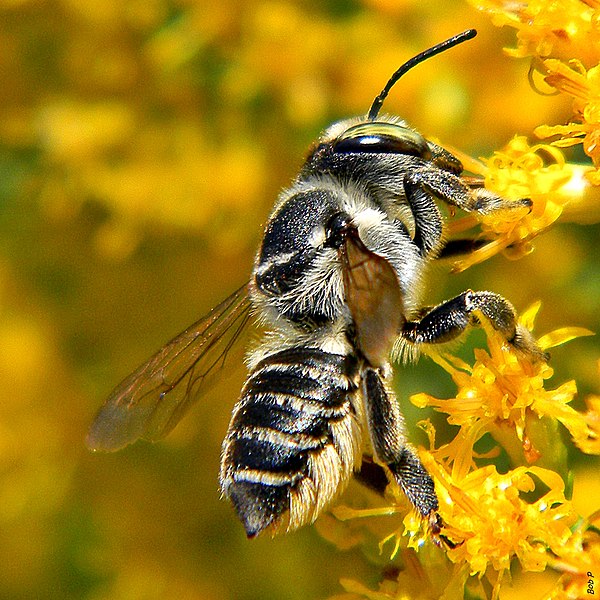
Leafcutter bees are solitary insects known for cutting leaves to construct their nests, but they are also highly effective pollinators. They are particularly attracted to wildflowers, alfalfa, and other crops, playing a vital role in both agricultural and natural ecosystems. Unlike honey bees, leafcutter bees collect pollen on their abdomens, which helps increase their efficiency as pollinators. Their ability to forage on various plant species supports the health of diverse ecosystems. Farmers often encourage their presence to improve crop yields.
Hawk Moth (Sphingidae)
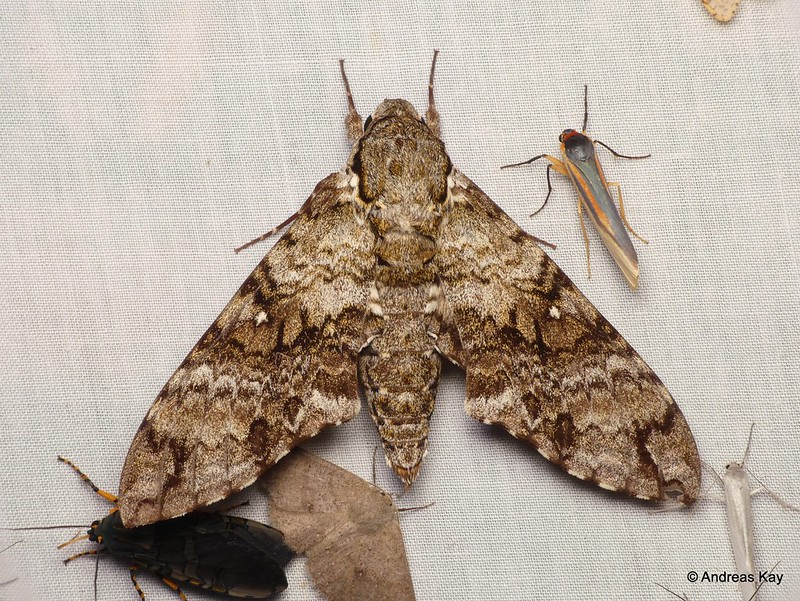
Hawk moths are some of the fastest flying insects, known for their ability to hover like hummingbirds while feeding on nectar. They are important pollinators of deep-throated flowers, such as those of the tobacco and evening primrose plants. These moths are active during twilight hours, making them a key pollinator for plants that bloom in low-light conditions. Their long proboscises allow them to reach nectar that other pollinators cannot access. The hawk moth’s role in pollination is essential for maintaining both wild and cultivated plant species.
Sunbird (Nectariniidae)
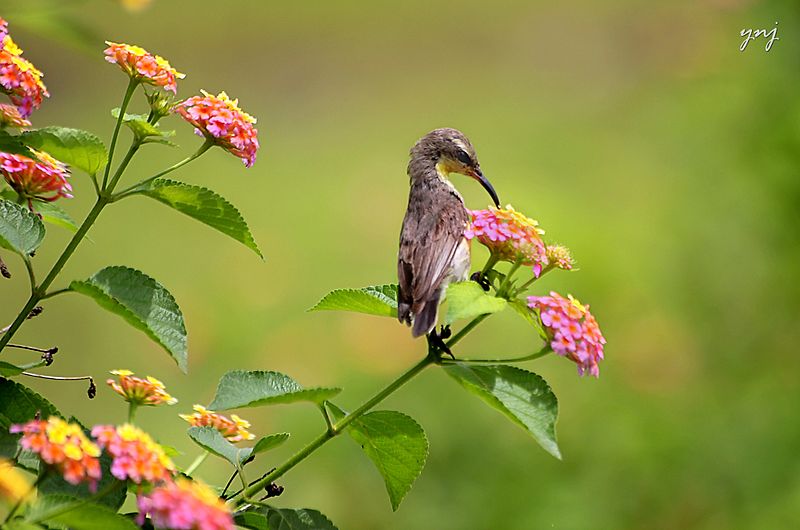
Sunbirds, primarily found in tropical regions, are small, brightly colored birds that feed on nectar. Their feeding behavior is similar to that of hummingbirds, as they hover or perch to sip nectar, transferring pollen in the process. Sunbirds are especially important for pollinating plants with tubular flowers that require specialized pollinators. Their role is crucial in maintaining the biodiversity of tropical ecosystems. In addition to nectar, they also help in seed dispersal, supporting plant regeneration.
Weevil (Curculionidae)
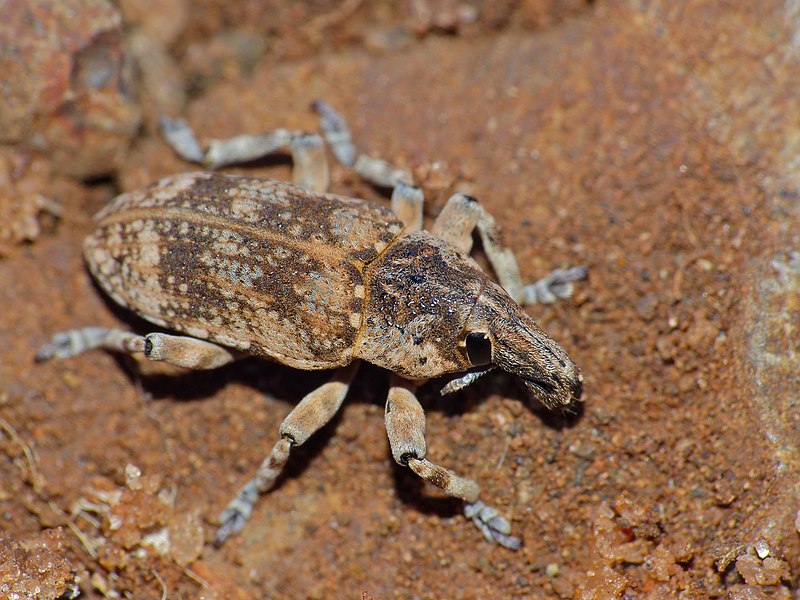
Weevils are a group of beetles often associated with plant damage, but some species play a significant role in pollination. Certain weevils specialize in pollinating plants like cycads, making them essential to the reproduction of these ancient species. Weevils are highly specialized in their feeding and pollination behaviors, often forming symbiotic relationships with particular plant species. Despite their small size, they are effective in transferring pollen between flowers. These insects help preserve the delicate balance of ecosystems where they reside.
Fig Wasp (Agaonidae)
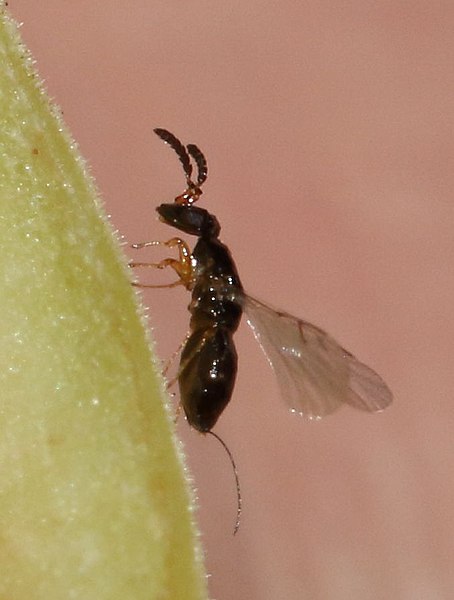
Fig wasps have a symbiotic relationship with fig trees, making them one of the most fascinating pollinators. These tiny wasps enter the fig’s enclosed flower structure to lay their eggs, and in doing so, they transfer pollen from one fig to another. Without fig wasps, fig trees would not be able to reproduce, as they rely entirely on these insects for pollination. This specialized relationship has evolved over millions of years, benefiting both the wasps and the trees. Fig wasps are critical to maintaining the health of tropical ecosystems where fig trees are keystone species.
Sweat Bee (Halictidae)
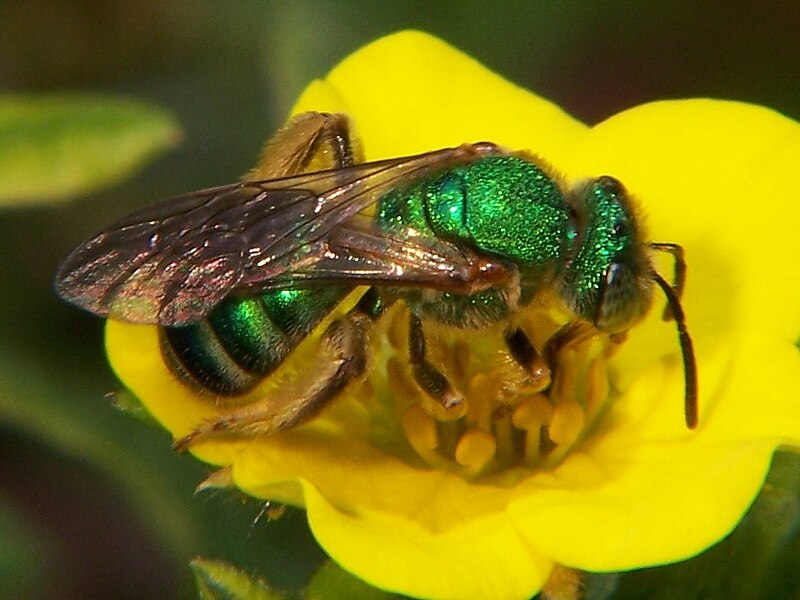
Sweat bees are a diverse group of pollinators, often attracted to human sweat for its salt content, but their main ecological function is pollination. They are especially important in gardens and wildflower fields, visiting a wide variety of plants. Sweat bees are smaller than many other bees, allowing them to pollinate flowers that might be overlooked by larger insects. Their activity is essential for the reproduction of both wild and cultivated plants. Despite their small size, they are prolific pollinators in many ecosystems.
Cardinal Bird (Cardinalidae)
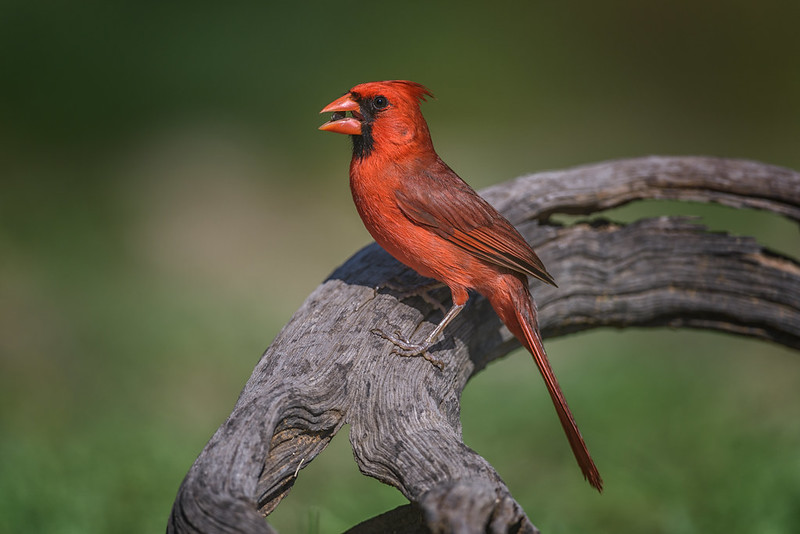
Cardinals are seed-eating birds, but they also play a role in pollination by feeding on nectar from flowers. As they move between plants, their beaks and feathers become coated with pollen, which they then transfer to other flowers. While they are not as specialized as hummingbirds, they contribute to pollination in gardens and forests. Cardinals are essential to maintaining plant diversity, particularly in regions where other pollinators may be scarce. Their vibrant presence adds to the beauty and biodiversity of ecosystems.
This article originally appeared on Rarest.org.
More From Rarest.Org
When it comes to achieving a restful night’s sleep, the quality of your bed linens can make all the difference. Luxury linens not only elevate the look of your bedroom but also redefine your comfort. Read more.
Throughout history, religious artifacts have captured the attention of believers and collectors alike. These relics are not just items of worship but also symbols of deep cultural significance. Read more.
Bespoke fashion services offer a personalized approach to style, focusing on unique designs tailored to your body and preferences. Each piece is crafted with attention to detail, making it truly one-of-a-kind. Read more.


